Oscar Watch: DP Shoots Lush Oscar-Contender Moonlight Wide Screen Anamorphic
Action franchises like Star Trek, X-Men and Transformers exploit the wide-screen "anamorphic" format so they can showcase epic-scaled explosions. By contrast, the biggest action sequence in coming-of-age drama Moonlight happens when a 14-year old boy busts a chair over the back of his high school classmate. A Best Picture contender, Moonlight takes place in Miami's rough Liberty City neighborhood, where Chiron (portrayed in successive time periods by Alex Hibbert, Ashton Sanders and Trevante Rhodes) grows up gay with a crack-addicted mom. Eschewing standard indie film aesthetics, director Barry Jenkins and cinematographer James Laxton used anamorphic lenses to immerse viewers in a slightly surreal vision of Florida's mean, sun-splashed streets and gorgeous night skies.
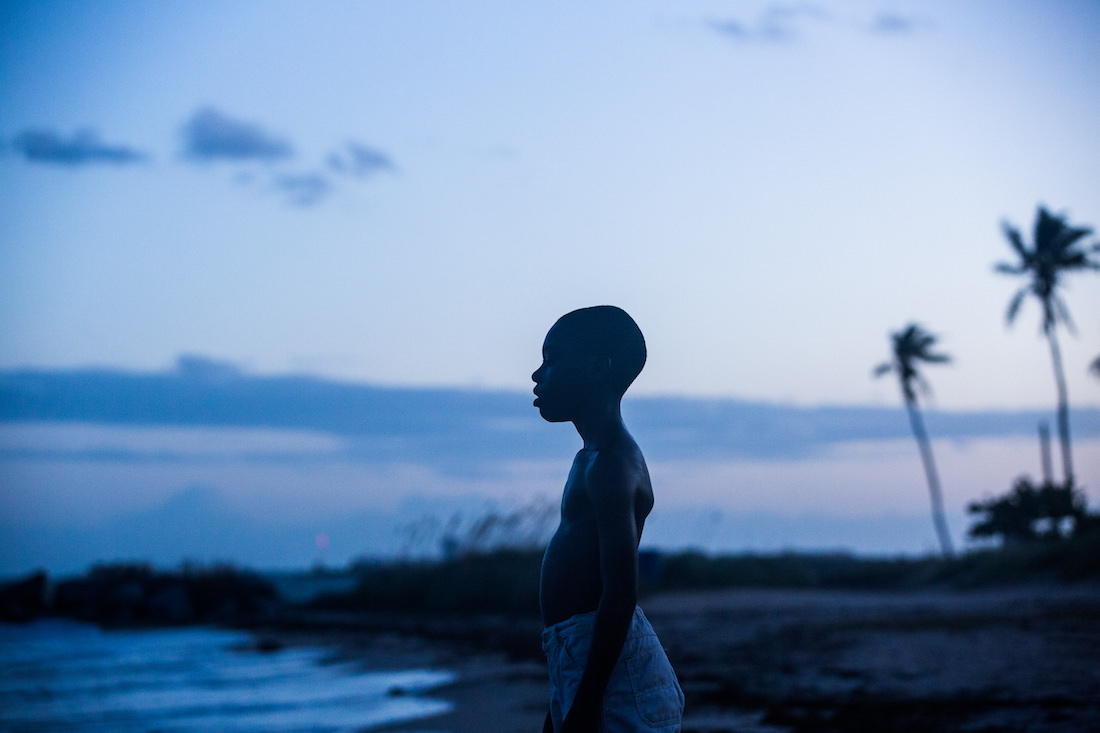
Alex HIbbert. Photo by David Bornfriend, Courtesy of A24
Laxton, who shot Moonlight on an Arri Alexa XT digital camera fitted with Vantage Hawk V-Lite anamorphic lenses, explains, "Barry talked about Moonlight being like a fever dream so we did not intend for this film to look realistic. We wanted to make it more experiential."
The cinematographer observes that some filmmakers create wide screen imagery (2.39 wide, 1 deep aspect ratio, versus the more box-like standard 1.85 wide, 1 deep) by lopping off the top and bottom of the frame, but anamorphic uses a different approach. "You're squeezing the image when you shoot and un-squeezing it in post production," he explains. "We wanted to make the film feel larger and do away with this concept that American independent films should feel small. Shooting the film in anamorphic contributed a little bit to making a movie that's not boxed in by what people in this country think of as being 'independent film.'"
The wide screen vistas and rich colors captured through anamorphic lenses played to the strengths of Moonlight's locations, which emerged as a key character in the movie. Laxton says, "Miami is this lush green environment with bright blue sky where people paint their homes in pastel colors. The lenses, the cameras, the light, the sheen on the actors' faces, the humidity in the air — all those things combine to create this world where people are teetering on this edge of beauty on one side and tragedy on the other."
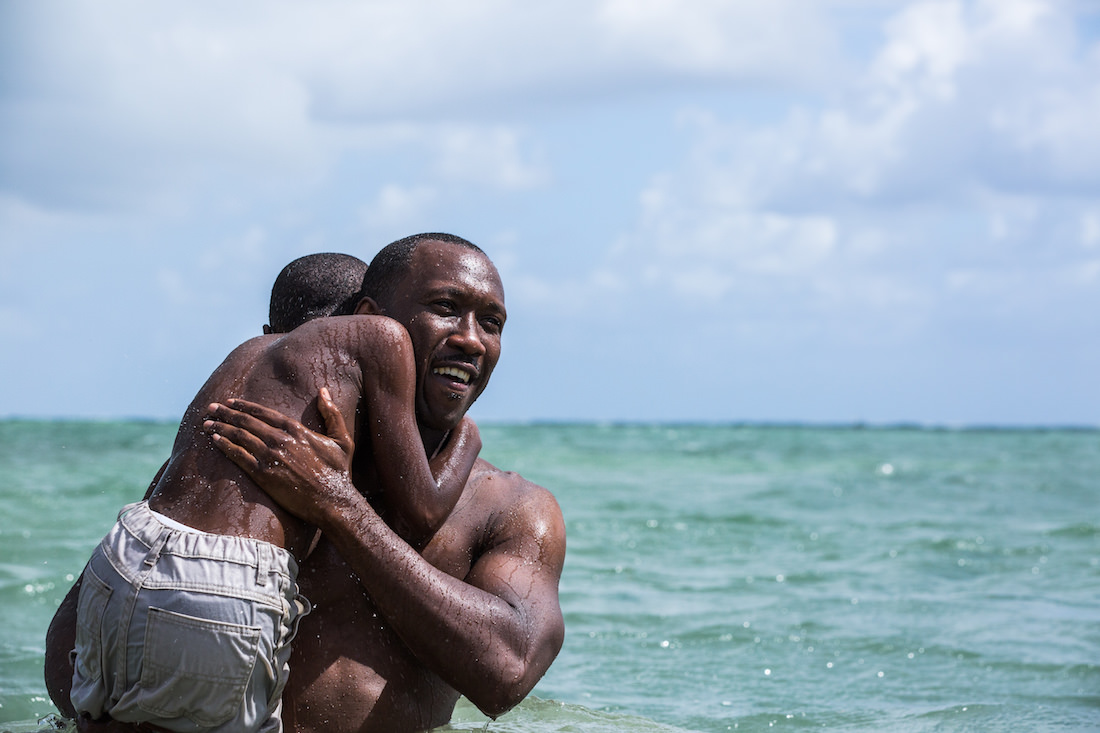
Alex Hibbert and Mahershala Ali. Photo by David Bornfriend, Courtesy of A24
One of the most affecting scenes in Moonlight takes place in the Pacific Ocean, where drug dealing mentor Juan (Mahershala Ali) teaches young Chiron how to swim. "That's a very important scene because it shows Juan's more than just a drug dealer," Laxton says. "He's a thoughtful man, warm-hearted man and something of a father figure in Chiron's life. We needed strong images, and that meant I had to get the camera out there in the water alongside the actors." Crouching a few inches from his subjects as a thunderstorm loomed offshore, Laxton encased the Alexa in a 200-pound waterproof tube, keeping the lens positioned just above the waves. He says, "We wanted you to feel immersed both in the performance and immersed in the water as well."
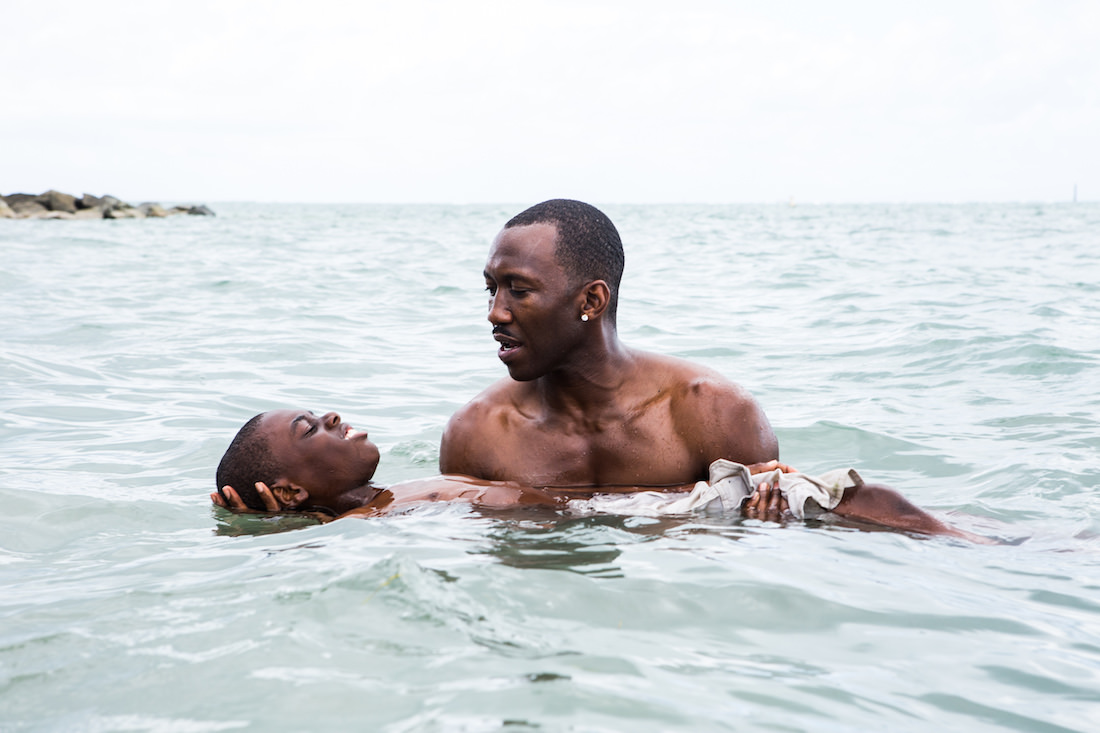
Alex Hibbert and Mahershala Ali. Photo by David Bornfriend, Courtesy of A24
Laxton's wide screen shots often underscore Chiron's vulnerability as a loner set adrift against the flat sprawl of his public housing surroundings. "Using wide screen to frame the faces really emphasizes this element of isolation," he says. "It's very effective to see Chiron alone against this wide screen because it helps you understand his loneliness as he tries to find his place in the world."
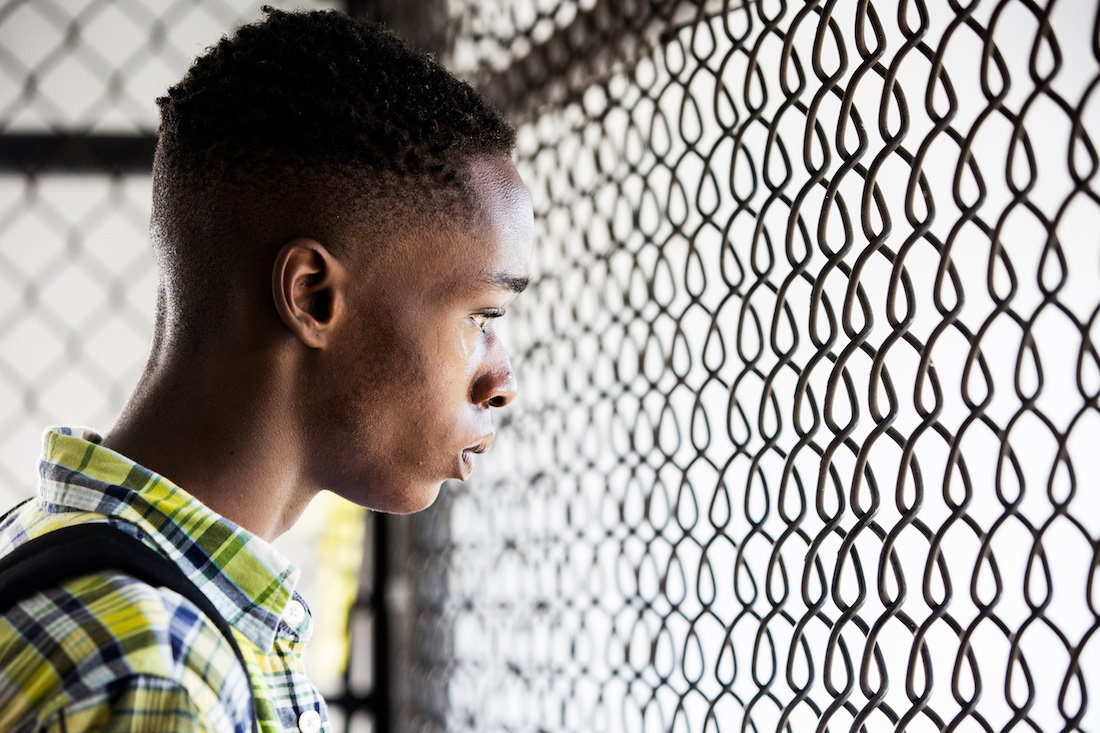
Ashton Sanders. Photo by David Bornfriend, Courtesy of A24
In Moonlight, silence speaks volumes. Quiet Chiron communicates his inner feelings through facial expressions and body language more than exposition-heavy dialogue. To amplify the hero's feelings on an epic scale, Laxton and Jenkins liked to get intimate with the well-placed close-up. "This kind of portraiture brings the audience into the story in a very immediate, immersive way that goes beyond just being watchful," Laxton says. "When we go into these extreme close-ups and the actor looks directly into the lens, it's like we're asking the viewer.
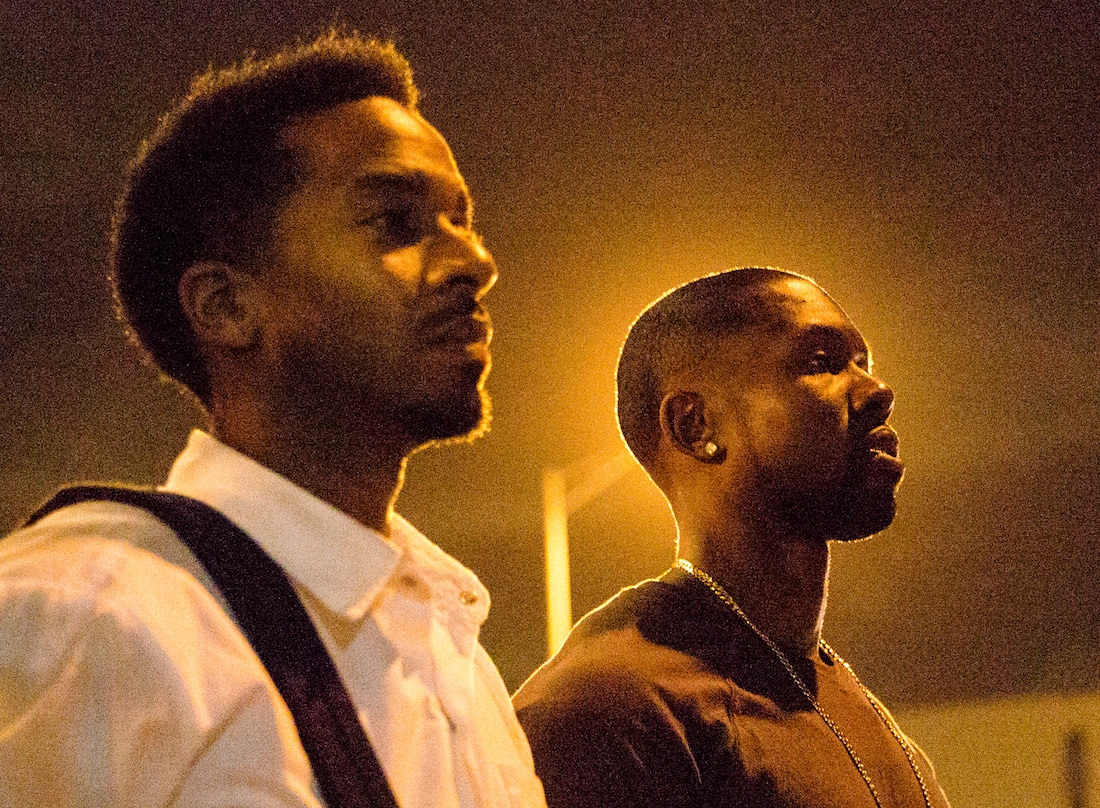
Andre Holland and Trevante Rhodes. Photo by David Bornfriend, courtesy of A24



